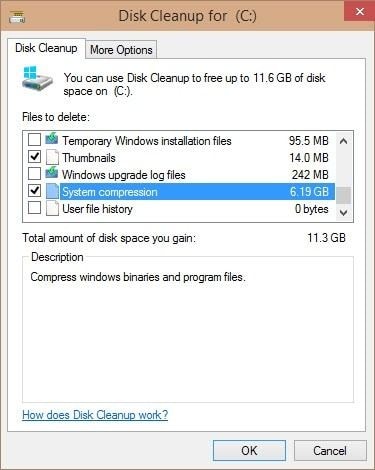
While you can enable or disable CompactOS yourself, you probably shouldn’t do this on most PCs. Windows automatically enables the CompactOS feature on computers where Windows thinks it’s a good idea, and unless you know what you’re doing, you should trust Windows with this decision.Įnabling CompactOS will compress specific Windows system files to free up space. RELATED: Should You Use Windows' Full-Drive Compression to Save Space?

Windows 10 Normally Handles This for You, So You Probably Shouldn’t Use It The new “CompactOS” feature in Windows 10, though, can be enabled or disabled on the fly with the Compact.exe command. You couldn’t enable it yourself afterwards. Windows 8.1’s WIMBoot could only be enabled by a PC manufacturer or system administrator when Windows was installed on a PC. WIMBoot is probably a bit slower than using Windows normally, since Windows has to spend CPU cycles decompressing the files. This means Windows can fit on much smaller drives–with one downside. Windows keeps its system files stored in the compressed. wim image file, rather than extracting the system files onto a partition like normal. The “CompactOS” feature replaces the “Windows Image File Boot” (WIMBoot) feature Microsoft offered in Windows 8.1. WIMBoot allowed Windows to boot from a.




 0 kommentar(er)
0 kommentar(er)
